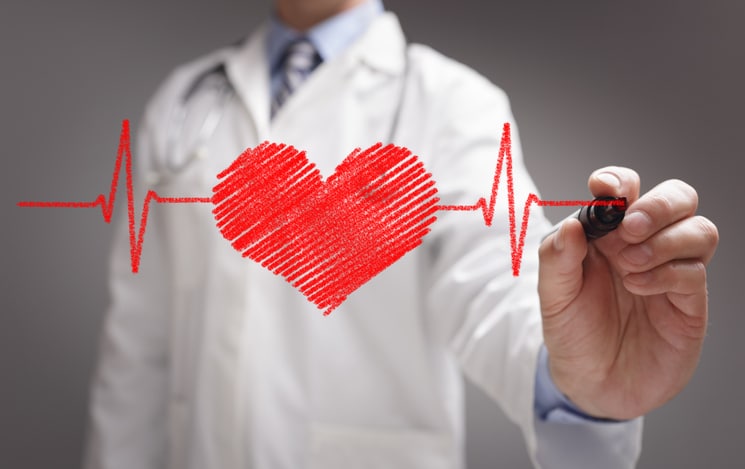What Students in Medical Lab Technician Training Should Know About Electrocardiograms
February 22, 2019February 22, 2019

Electrocardiograms are one of the most common methods used for determining possible heart problems. An electrocardiogram can do things like check for irregularities in the heartbeat and determine how quickly the heart is beating. Because electrocardiograms are non-invasive, painless, and easy to use, they are widely utilized in the medical industry.
During medical lab technician training, you will learn how to perform electrocardiograms, and there is a very good possibility that electrocardiograms could become a regular part of your career as a medical laboratory technician. If you’re interested in this career path and want to learn a little more, keep reading!
Electrocardiograms Detect Heart Abnormalities Through Electrical Activity
During your medical lab technician training you will learn how to perform electrocardiograms, which help measure a patient’s heart beat. Hearts beat thanks to electrical impulses created by so-called pacemaker cells that are located in the heart. An electrocardiogram is a device that can measure how strong these impulses are and when they occur. During most electrocardiograms 10 electrodes are placed on different areas of the person’s body (usually the chest, but sometimes the limbs as well).
These different electrodes allow the electrocardiogram to gather information about the heartbeat’s different electrical phases. In other words, the electrodes help record a complete picture of the electrical impulses that are helping the heart beat properly.
Electrocardiograms use electrodes to gain a complete picture of a patient’s heart beat
What Electrocardiograms Can Detect
Being able to measure a person’s heartbeat provides doctors and other medical professionals with a wealth of information about a person’s heart health. For instance, an electrocardiogram can reveal an irregular heartbeat or a heartbeat that is too slow or too fast. Depending on the specific data gathered from the electrocardiogram, this information can lead to a diagnosis of heart attack, stroke, enlarged heart chambers or walls, or inadequate blood or oxygen supply.
In many cases, a doctor will have a patient undergo an electrocardiogram if that patient has been experiencing chest pain, heart palpitations, a rapid pulse, or shortness of breath. Electrocardiograms are also often used to detect previous heart attacks and to assess if a medical treatment, like a pacemaker, is working properly. However, an electrocardiogram isn’t only used for people who may have heart problems. Professional athletes also frequently undergo electrocardiograms in order to assess their overall health.
Electrocardiograms can be used to assess the health of professional athletes
Pros with Medical Lab Technician Training Know How Risk-Free Electrocardiograms Are
As graduates of medical lab tech courses know, electrocardiograms are also useful because they are non-invasive and mostly risk-free. Unlike many other diagnostic tools and methods, patients don’t have to do much to prepare for an electrocardiogram. They can still eat what they like and perform normal daily activities. They will, however, need to refrain from caffeine, usually about 4 hours beforehand.
For the electrocardiogram to adhere to the skin, hair will need to be shaved off. This may be done by the patient or by the technician. Another benefit of electrocardiograms is that they are largely risk-free. At most, patients may experience some discomfort when the electrodes are removed from the skin and, in very rare cases, a temporary rash may develop where the electrodes were attached. However, this slight discomfort is fairly mild given the wealth of data that electrocardiograms provide doctors, patients, and medical researchers.
Are you interested in pursuing a new career?
Contact Medix College to learn more about our medical laboratory technician program.



